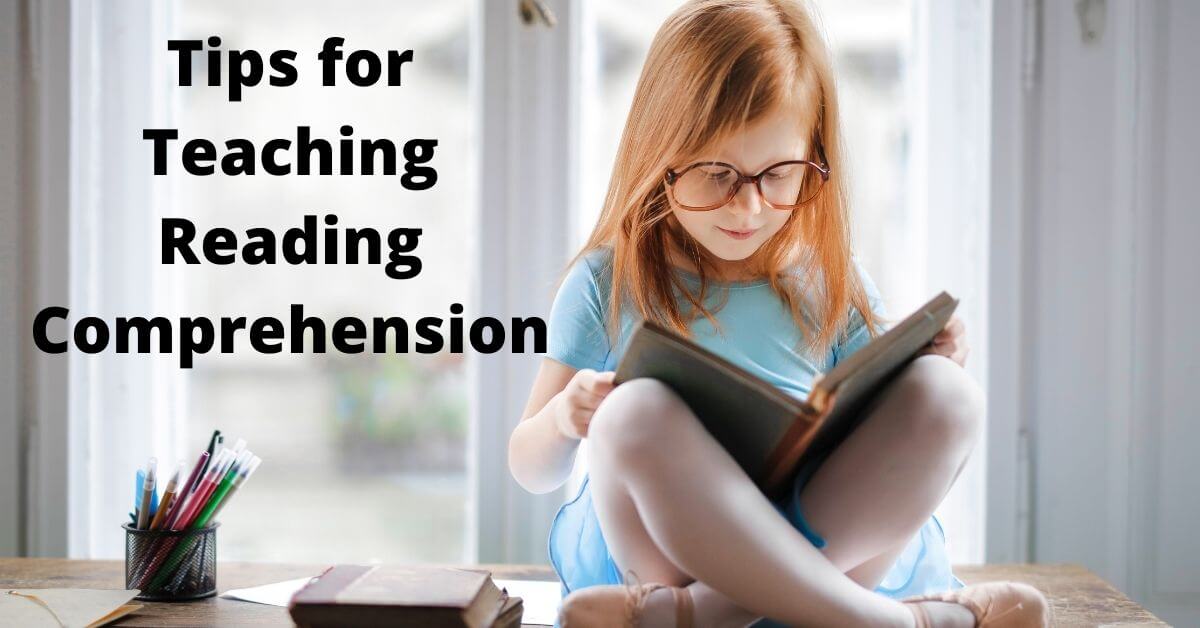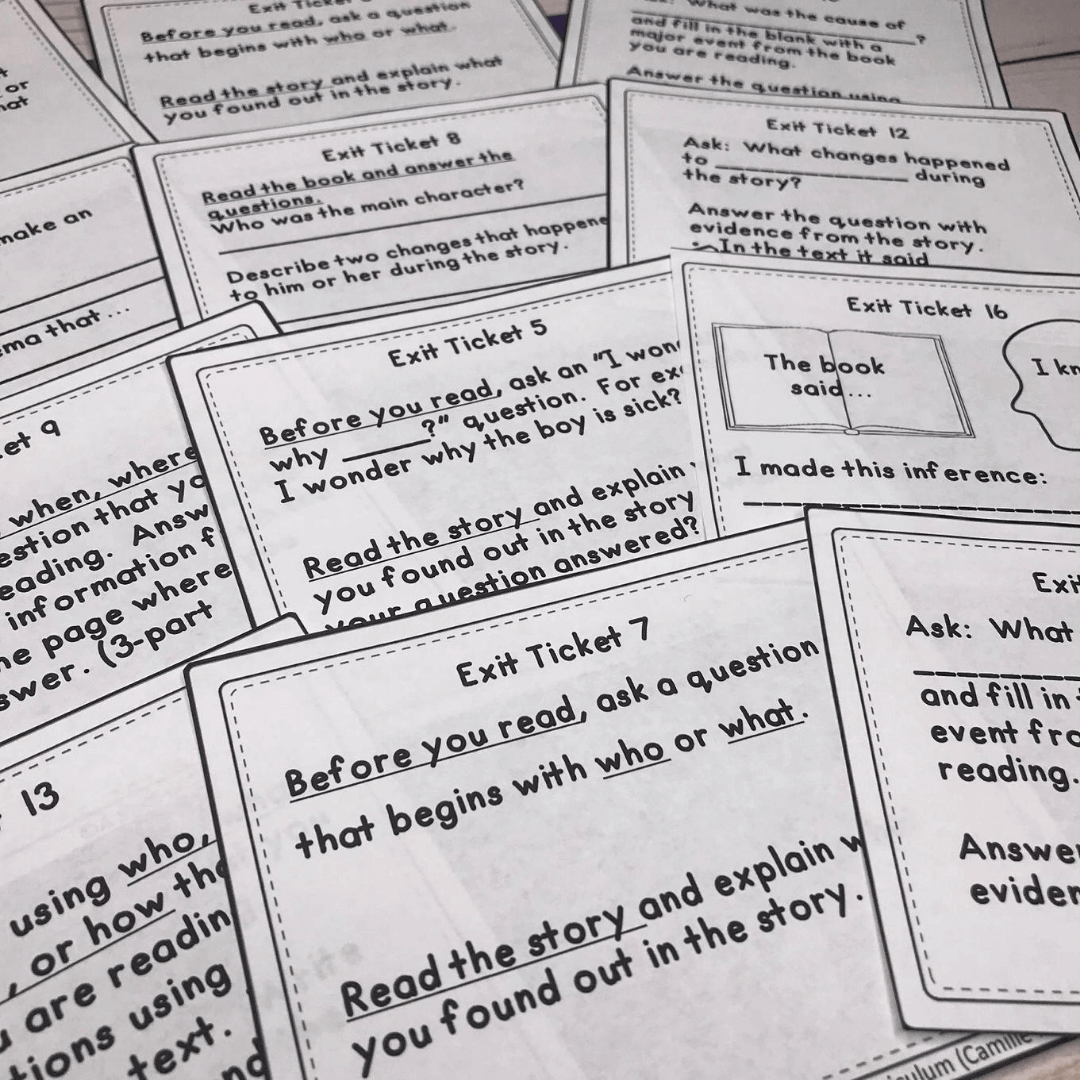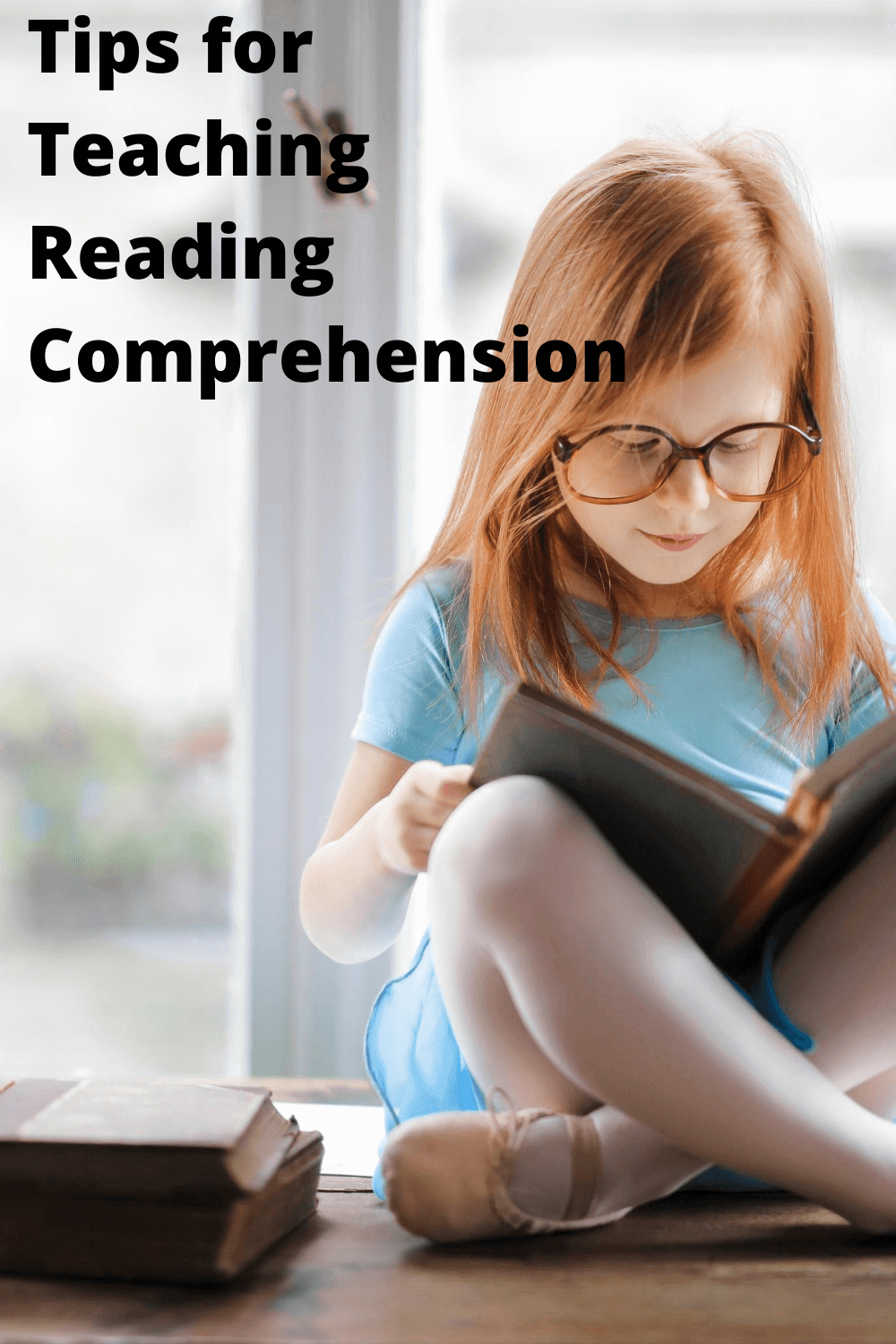Teaching reading comprehension is the whole goal of reading. We want students to read and understand at very deep levels. However, while many students have a deep understanding of the texts they are reading, there are many students who just are not comprehending at the levels we want them to. I want to share my favorite tips for helping students increase their reading comprehension.

Tip #1: Reading Comprehension Starts with Monitoring Meaning
Reading has to start with meaning even in the early grades. Sometimes as we teach, we start to focus on the students reading the text correctly. While reading correctly is important, the meaning of the story has to be central to your teaching. When kids are monitoring the meaning of the text, they give clues. They self-correct or stop if they make an error. They stop and ask questions or slow down at tricky parts. They reread to make sure the text makes sense.
Students that are not monitoring actually do the opposite. They simply read. They read right through errors or text they don't understand. What they read does not always make sense to them. My favorite prompt is, “Does that make sense?” I use it often because that is the prompt I want my students to ask themselves.
Tanny McGregor's book Comprehension Connections has an entire chapter devoted to teaching kids about metacognition or thinking about what they are reading. She talks about how kids have to use the story and their thoughts to create meaning. She also talks about the difference between real reading and fake reading. That really resonates with my students.
Tip #2: Make it Concrete
When I first started teaching, I thought reading comprehension was taught by asking questions which is actually assessing. Now I know that students, especially students who haven't been read to a lot, need to be shown exactly what reading comprehension is.
- Do think alouds – When you are reading aloud, it is important that you show the students how to actively comprehend. Create stopping points in the story. Show what to do when they misread and it doesn't make sense. Show students how you stop and question. Don't just model questioning, but tell them the reason you have stopped reading to think.
- Model strategies – You have to model strategies over and over especially more complex strategies like inferring or determining importance. Modeling and Think Alouds go hand in hand when teaching comprehension. They allow you to show and tell about a strategy.
- Shared Reading – I love doing shared readings with students. Reading a text together allows students to free up their minds for comprehension. It gives them time to practice strategies that you have taught.
Tip #3: Break It Down
This works for all types of strategies or standards. Teaching a complex strategy takes multiple steps and works better when taught in small chunks. When you practice making inferences, in fiction, sometimes inferences are made from what a character says. Other times inferences are made about what a character does. You can also teach students to infer what a character is thinking. Kids are not ready for you to teach every strategy about inferring all at once. Break it down and go slowly. Teaching the skills in a couple of different steps allows students a way to access that strategy.
Tip #4: Assess to Improve

Once you have taught a skill or strategy, I like for the students to practice it during guided reading and then independent reading. I like to do a quick check on a book they are reading independently because it helps me figure out their level of understanding. It also helps me to know if I need to reteach or revisit a strategy or standard. I use Reading Exit Tickets to do these quick assessments. They are standards-based and can be used with any fiction or non-fiction text. You can download FREE Literature Exit Tickets for 2nd through 4th Grades here.
You Have the Tools
Keep in mind that reading comprehension is only one part of your reading instruction. To read more about how reading comprehension is part of reading instruction, click here to find out more.
Teaching reading comprehension is tricky, but if you follow these tips, your students will improve. Remember to make sure kids are monitoring, make your instruction concrete, and break large strategies or skills down into smaller chunks of instruction. Then when you assess your students, they will show you how much they have grown!

This site contains affiliate links. This simply means if you buy something using our link, we will receive a very small portion of the sales. The price of the item is the same whether it is an affiliate link or not. It is our promise to you that we only recommend products or services we believe will add value to our readers. By using the affiliate links, you are helping support our Website, and we genuinely appreciate your support.

